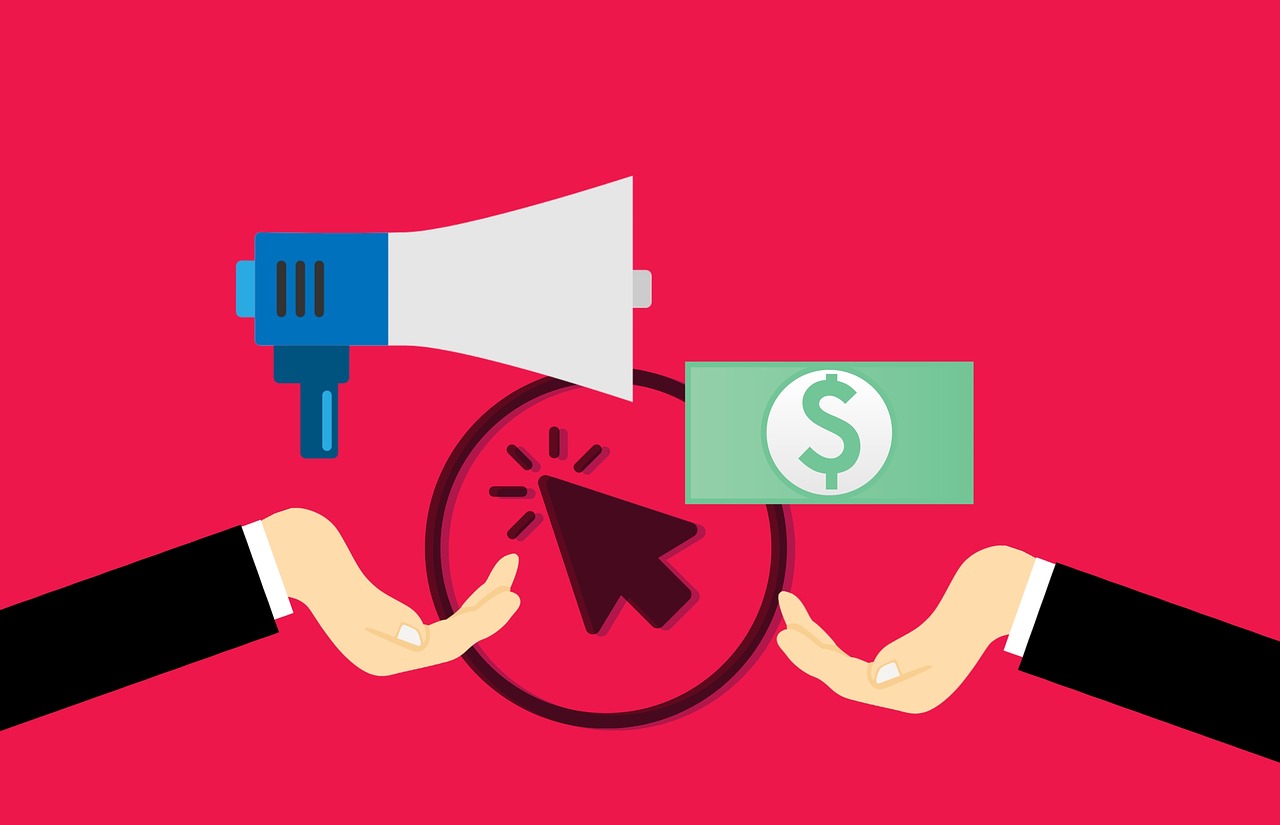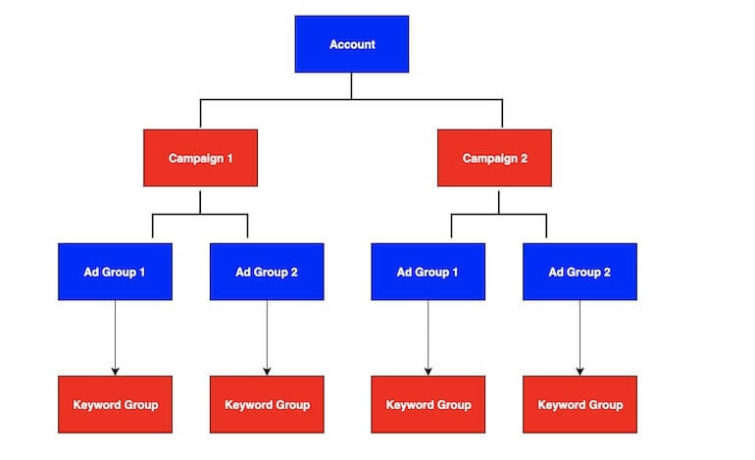MARKETING
Click & Bot Fraud: The Spookiest Specters of PPC

I was working in the office late one night when my eyes beheld an eerie sight. For a monster from my account began to rise and suddenly, to my surprise…
He did not do any kind of monster-themed dance, because he was a bot spending my ad budget on fraudulent clicks. If click fraud has happened to you, you know it can be pretty scary. But have no fear, I’m here to let you know how to identify click fraud in your account and what you can do to combat it.
What is Click Fraud?
Click fraud, also known as ad fraud, is the fraudulent clicking or viewing of pay-per-click ads. This invalid activity can drive up the perceived number of clicks on an ad and along with, the cost. According to the Association of National Advertisers, the impact of ad fraud is estimated to be $5.8 billion this year. Ad fraud can happen anywhere and isn’t just limited to search. Display, video, and even social ads can be subject to fraudulent clicks. Just this August, Facebook sued two developers for creating apps infected with malware that falsified clicks. The bottom line is that click fraud messes with your data and your money, and as a PPC nerd (and a cheapskate), nobody messes with my data or my money. Let’s explore who these click fraud creeps are and how they highjack your ads.
The Creeps of Click Fraud
1.Web Publishers
Web publishers make 68% of the amount paid to Google for that ad, so the more clicks, the more money. Many publishers rely solely on the revenue they make from advertising and so may be tempted to click on an ad on their website to increase revenue. However, publishers who do this risk losing their partnership status with Google. Google also monitors 3rd party affiliates’ web traffic to make sure their ad clicks and impressions are valid.
2. Click Farms
Click farm sounds idyllic, doesn’t it? Like maybe it’s the place your ad goes to rest when it’s past its prime. Unfortunately, the reality of click farms is much sadder. Click farms are sort of like the sweatshops of pay-per-click. Companies can buy likes or followers for their social media pages to boost their presence in hopes of encouraging real consumers to buy. Sometimes companies even buy clicks for their competitor’s ads to exhaust their ad budget. Unfortunately, the companies and orchestrators of click farms profit while those working in them are paid very little and usually operate in pretty poor working conditions.
3. Bots
Bots are the most common perpetrator of ad and click fraud. Bots are sophisticated malware that act like human traffic on a site and can simulate clicks, impressions, and site visits. The creators of the bots then create fraudulent websites to host ads where the bots will simulate traffic. Methbot, one of the largest bot fraud operations to date, was discovered in 2016 by White Ops cybersecurity. Using over 500,000 IPs and 6,000 domains to cover its tracks, Methbot was making its creators as much as $5 million a day.
How Do You Know If You’re Experiencing Click Fraud?
Okay, now that I’ve scared you a little bit, let me tell you how to determine if you’re the target of click fraud and what to do about it. Here are some key indicators that something suspicious is going on:
1. Click-Through Rates Have Gone Through the Roof
If you’re seeing your click-through rate spike out of nowhere, you might want to take a peek in Google Analytics and see where that traffic is coming from. It’s possible that you just launched a great ad, and if that’s the case, congrats! However, if your traffic is coming from countries that you don’t serve or you have an unusually high bounce rate, you may be the target of click fraud. Not sure what a reasonable click-through rate is? Check our Associate Director of Search Matt Umbro’s article.
2. Weird Referral Traffic
While you’re in Google Analytics, take a look at your referral traffic. If it seems like there are some odd or irrelevant traffic referring users to your site, it could be a bot. Bryan Gaynor, Senior Digital Marketing Account Manager at Hanapin Marketing, has a great article on what to do when you see this kind of traffic.
3. Take a Look at Incoming IP Addresses
If you’re particularly worried about click fraud or you’re experiencing the symptoms listed above, take a look at the IP addresses of the users visiting your site. PPC Protect explains exactly how to do that. If you keep seeing the same IP addresses over and over again, especially within a short time frame, this could mean click fraud.
4. If You’re In the Finance, Family, or Food Industry
No, fraudsters aren’t just targeting industries that start with ‘F’. What these industries have in common is a high average cost per click and lot’s of traffic, which means click criminals can make a lot of money and go relatively unnoticed. It’s estimated that between 16-22% of the traffic to these industries’ sites are bots. Luckily for most other industries, bot traffic makes up less than 10% of their traffic.
Combatting Click Fraud
Click fraud is scary, that’s why we waited until October to write this article. Even though it’s frightening to think about what creeps could be stealing your advertising dollars, it’s not a reason to stop PPC completely. With 3 billion people spending an average of 23 hours a week surfing the internet, you miss risking out on lots of revenue and new customers if you’re not showing up online. Just like you wouldn’t close down your brick and mortar store for fear of shoplifting, you wouldn’t stop doing digital advertising.
Luckily, there are many ways that click and bot fraud is being combatted. Platforms like Google and Facebook are increasing their vigilance and have become more litigious in recent years when it comes to combating click farms. Google has also launched it’s Ad Traffic Quality Center to help inform digital advertisers and provide options for requesting invalid traffic investigations. One of the best ways to be vigilant in detecting click fraud or unusual traffic is to segment your ad campaigns and be intentional in your targeting. If you know what kind of traffic is normal and what your users should look like, you’ll be able to detect click and bot fraud much faster.
If you’re still worried or belong to one of the industries at risk listed above, you might consider looking into vendors like ClickCease and PPCProtect to help keep an eye on your traffic. Armed with this knowledge about click fraud, you’re safer already.





